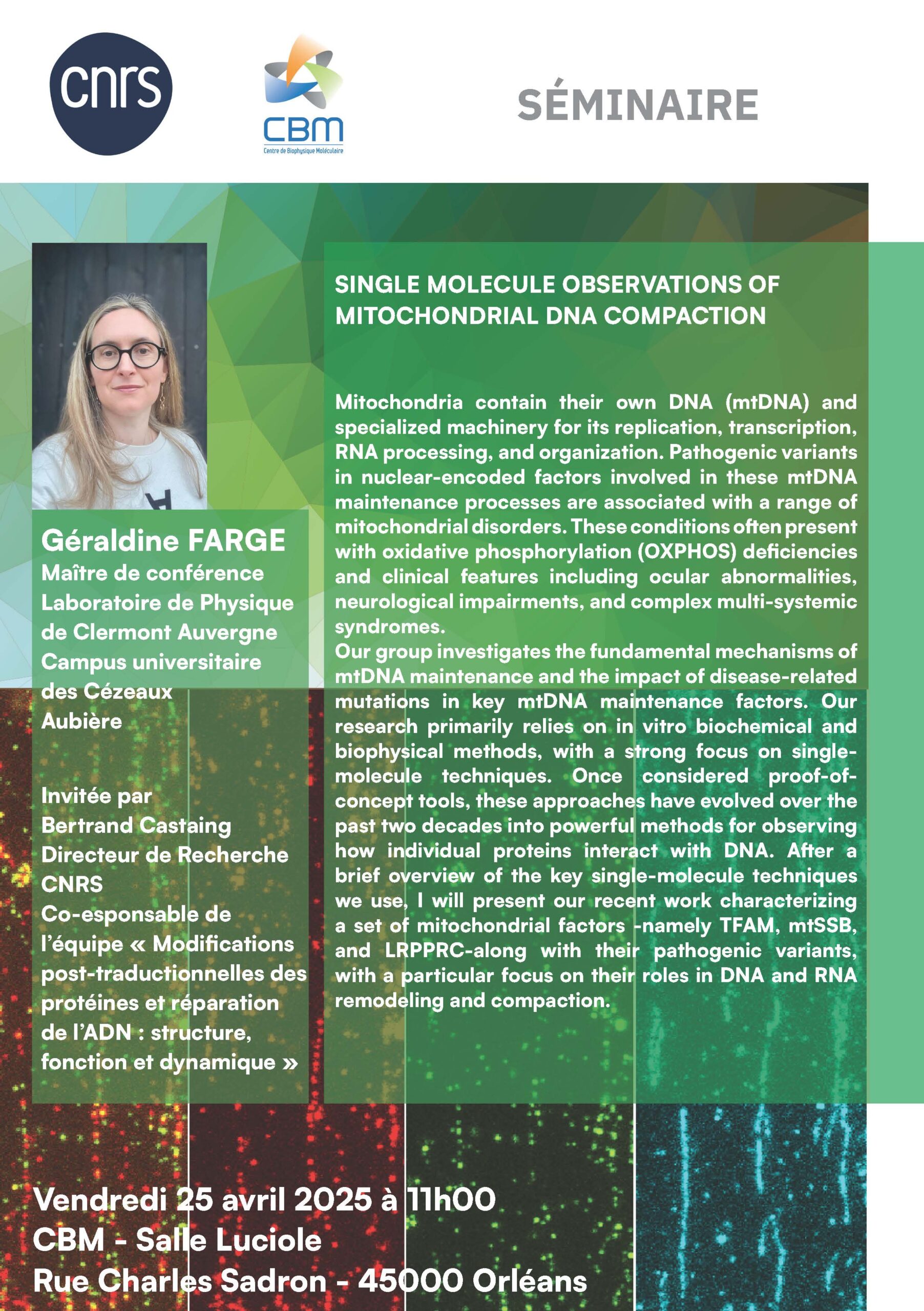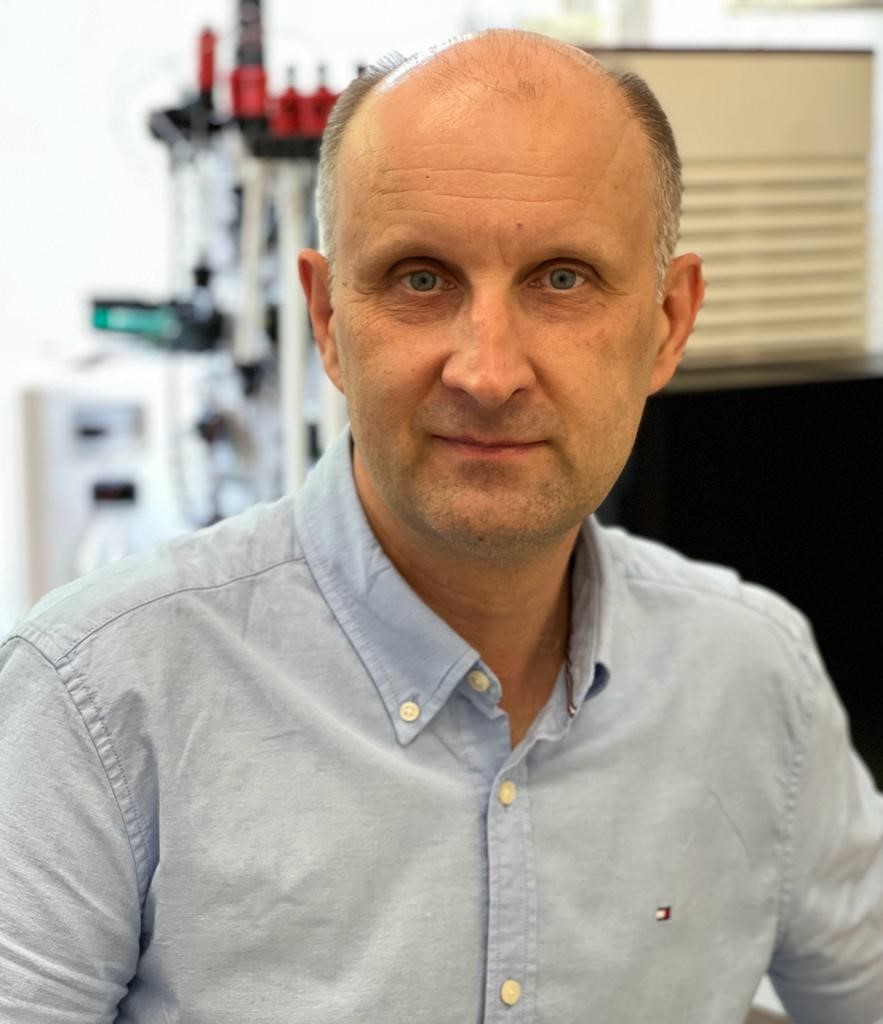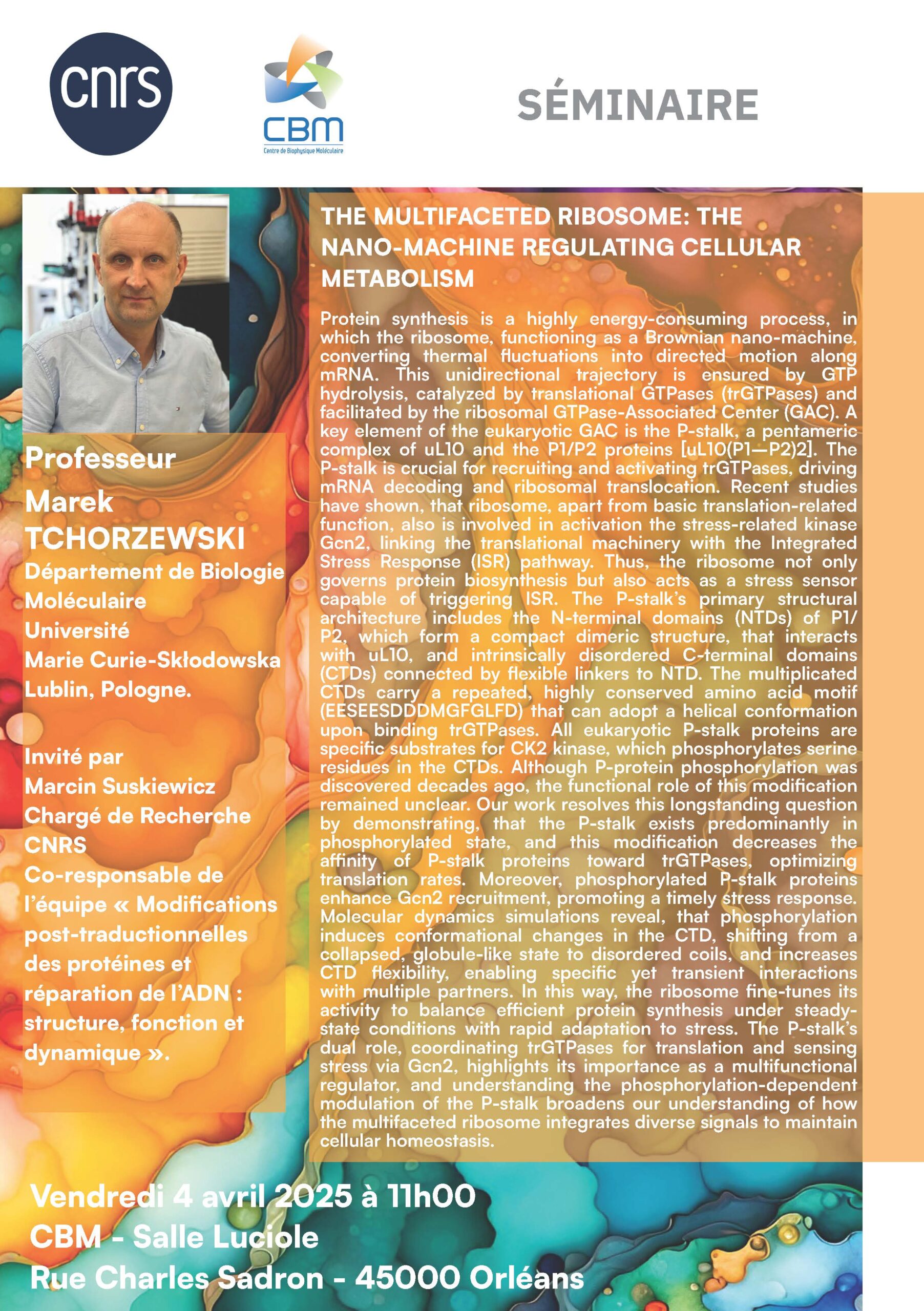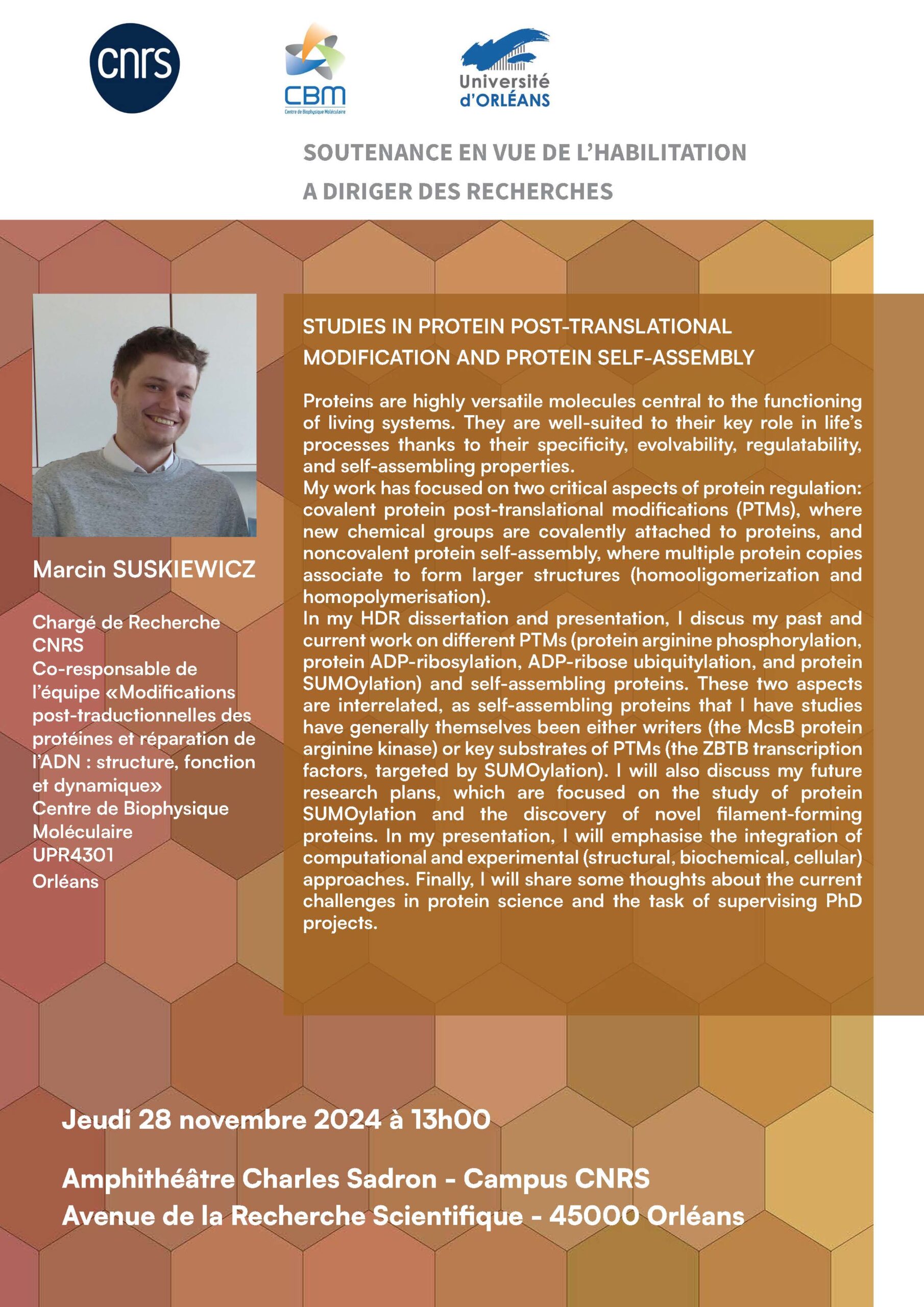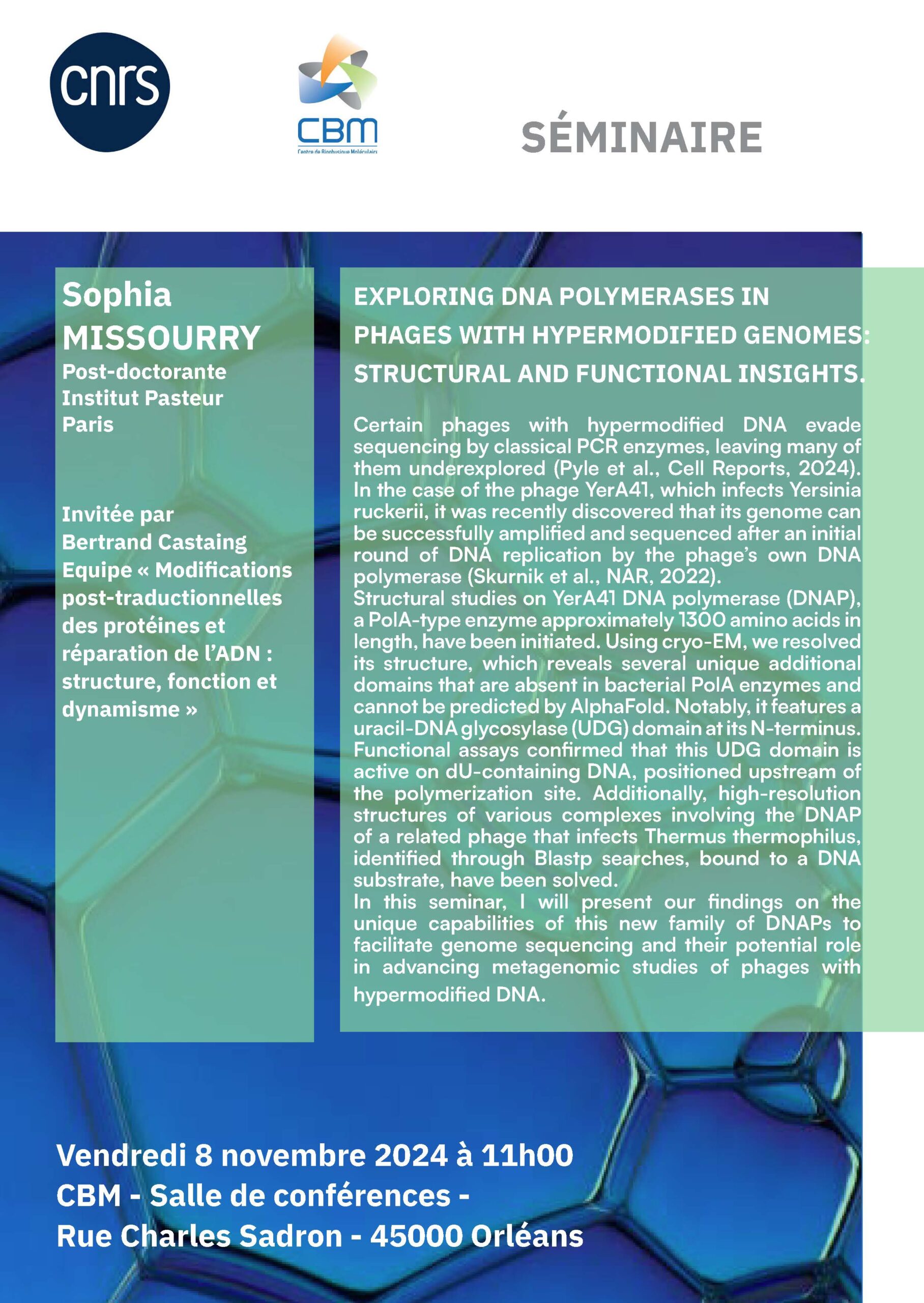The information contained in genes is translated by proteins called transcription factors, which form the basis of cellular life. These proteins can be subsequently modified to adopt new properties. Post-translational modification of proteins is a natural mechanism for regulating the cell, but one that still raises many questions among researchers.
Marcin Suskiewicz is interested in how transcription factors work.



